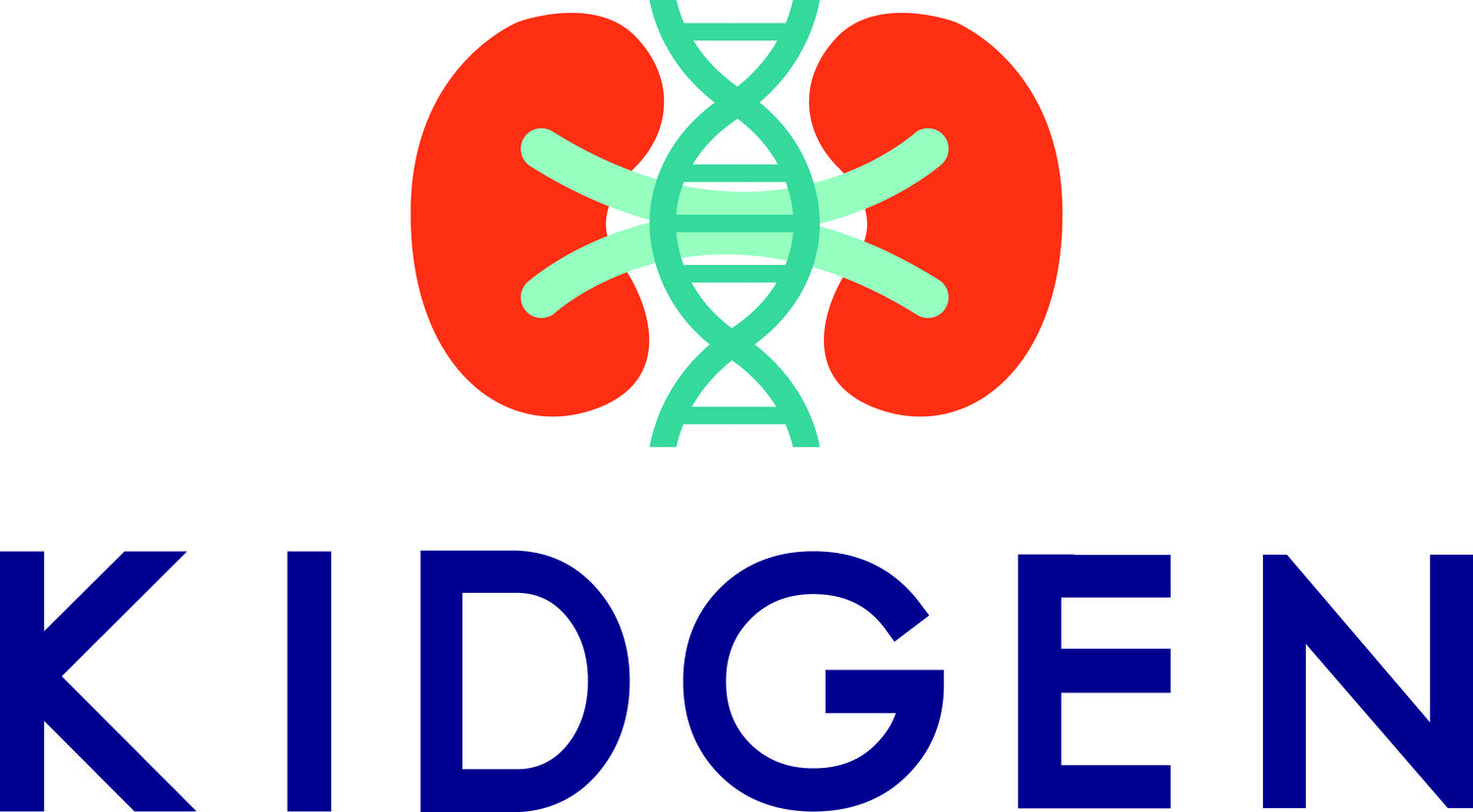-
Given their role in the maintenance of homeostasis, tubulopathies causing dysfunction in the numerous transport molecules of the renal tubule can give rise to a variety of clinical presentations⁵⁵. It is difficult to clinically differentiate between genetic and acquired tubulopathies as in addition to broad phenotypic variations, some acquired disorders can mimic genetic disease, for example a Gitelman-like syndrome as a rare consequence of Sjogren syndrome⁵⁶.
-
The various clinical presentations can include growth restrictions or failure to thrive; polyuria or polydipsia, refractory rickets, renal calculi or nephrocalcinosis and unexplained hypertension. Laboratory testing may reveal hyperchloraemic metabolic acidosis, metabolic alkalosis with or without hypokalaemia, hyponatraemia with hyperkalaemia and hypercalciuria with normal serum calcium⁵⁷.
These broad ranging features makes the identification of potential genetic causes more challenging, hence clinical utility of genetic testing for tubulopathies is limited. A diagnostic yield of 14.3-70% has been reported for genomic testing¹⁰.
Genetic tubulopathies can be inherited in a range of X-linked, dominant, or recessive patterns and there are currently more than 50 genes linked to the disease⁵⁵.
-
Due to the broad range of clinical presentations, the management & prognosis of tubulopathies is highly variable.
Chapter 3 - Genetic Kidney Diseases

